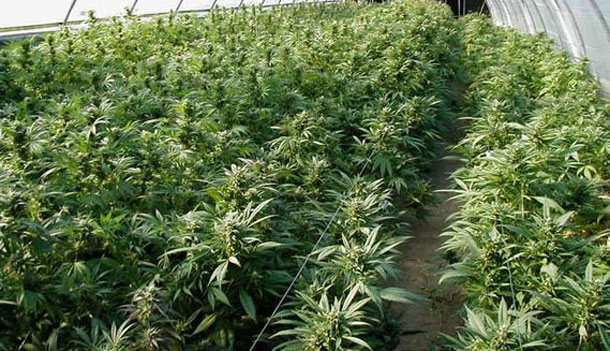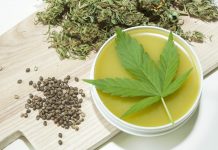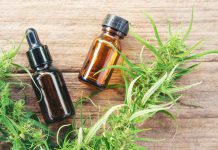CHICAGO-Health-Schizophrenia and other psychiatric issues may be triggered by marijuana use, according to a research analysis in the Journal of the American Osteopathic Association.
With states rapidly legalizing cannabis for medicinal and recreational use, physicians will be increasingly pressed to counsel patients on their frequency of use and dosage, as well as associated risks. The special report in the JAOA aggregates what is known to help physicians give the best evidence-based recommendations.
“We have a special concern for young people in their late teens and early twenties, whose brains are still developing,” says Jeramy Peters, DO, lead study author and psychiatrist at Oregon Health and Science University in Portland.
Dr. Peters adds that while there is no simple way to predict which young people might develop mental health issues as a result of marijuana use, a family history of mental illness could suggest potential risk.
“Pediatricians should be aware of this, especially for patients who have exhibited symptoms of anxiety and depression, and be willing to have candid discussions about cannabis,” says Dr. Peters.
Some longer-term effects associated with cannabis use include impaired memory and concentration, and decreased motivation. Researchers say when cannabis use starts to impair an individual’s health status or social or occupational functioning, he or she should be counseled to stop using cannabis or referred to substance abuse treatment providers.
Patients without mental health or substance abuse problems, who use cannabis recreationally or medicinally, can still benefit from physician counsel.
Know your cannabinoid
The main pharmacologically active chemicals in cannabis are the cannabinoids Tetrahydrocannabinol (THC) and cannabidiol (CBD). THC is responsible for the “high” people experience and there is moderate-quality evidence that THC may help chronic neuropathic or cancer pain. However, it has also been shown to induce symptoms of psychosis among healthy study volunteers and is thought to be a risk factor in developing psychosis.
Conversely, CBD is theorized to have antipsychotic and anxiolytic properties. Currently, CBD is being studied for its possible antiseizure and anti-inflammatory properties.
Many new products contain varied ratios of THC and CBD in order to create specific euphoric and medicinal effects. Researchers recommend physicians be aware of what products their patients are using–as well as how much and how often–in order to best advise them on dosing and risks.
“It is very difficult to tell someone what effect they can expect without knowing the specifics of the product,” says Walter Prozialeck, Ph.D., professor and chair of the Department of Pharmacology, Chicago College of Osteopathic Medicine at Midwestern University. “How much THC is in the product, how it’s consumed–and, of course, the individual’s physiology–all play a role in determining their experience.”
Dosing not always straightforward
The strength of cannabis has been increasing over the past half century. During the 1960s, cannabis was typically about 1% to 5% THC by weight. Many strains available today range from 15% to 25% THC by weight, with some strains reaching 30% or higher. When smoked, about 25% of the cannabinoids present in herbal cannabis get absorbed.
However, when inhaling cannabis via a vaporizer, the user absorbs up to 33% of the total cannabinoids. People who smoke or vape also experience the effects quickly, with intoxication setting in within 2 minutes and lasting 2-4 hours. The near immediate onset of the high allows users to titrate their dosing more effectively.
By comparison, when cannabis products are ingested orally, THC is absorbed inconsistently. Users typically experience the effects of THC about 2 to 4 hours after ingestion, and its effects last for 6 to 8 hours. Persons who ingest cannabis products often experience a more intense and longer-lasting effect. Given the significant delay of intoxication, it is much easier to overdose and experience negative effects.
“The best advice we can give is start low and go slow,” says Prozialeck. He adds that more research is needed from the medical community to create specific protocols that physicians can use to better counsel patients.







